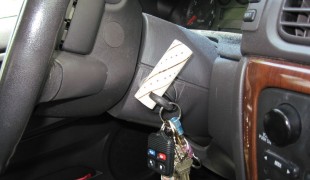- 5452
- 312
- 3
- 4
- 0
- Help Ukraine
About the solution
The device uses the Julius open-source voice-recognition software, coupled with a USB microphone and runs on Raspberry Pi.
"What I love about Raspberry Pi is that it is so accessible to people, especially children," Amarra said.
The arm being used is connected to the Raspberry Pi alongside a USB microphone. The robot arm then moves its individual joints in response to voice commands.
The inventor had carried out the development work in advance on a laptop running a desktop version of Linux. The Julius toolkit requires developers to define voice commands in an acoustic model before it can be used to control anything. The programming itself was relatively simple due to the fact that the USB protocol for the robot arm had already been reverse engineered and can be accessed using pyusb in Python.
Arthur spent about 60 USD to create this system.
Here’s a list of the materials he used:
a $55 USB-controllable robotic arm from OWI (US) or Maplin (UK). A computer running Linux (you could virtualize it under Windows), a microphone, the Hidden Markov Model toolkit (free), Julius speech recognition engine (free), libusb (free), and some sound-recording software (Audacity is recommended, and is free). You then need to train the speech recognition software by feeding it your voice samples, so it responds to you only.
Once it’s done, you have to assemble the pieces and link voice commands to their respective actions.
Adapted from: http://bit.ly/2w7ebbv
https://youtu.be/r-neNIK5qUY
This solution shall not include mention to the use of drugs, chemicals or biologicals (including food); invasive devices; offensive, commercial or inherently dangerous content. This solution was not medically validated. Proceed with caution! If you have any doubts, please consult with a health professional.
DISCLAIMER: This story was written by someone who is not the author of the solution, therefore please be advised that, although it was written with the utmost respect for the innovation and the innovator, there can be some incorrect statements. If you find any errors please contact the patient Innovation team via info@patient-innovation.com

 en
en